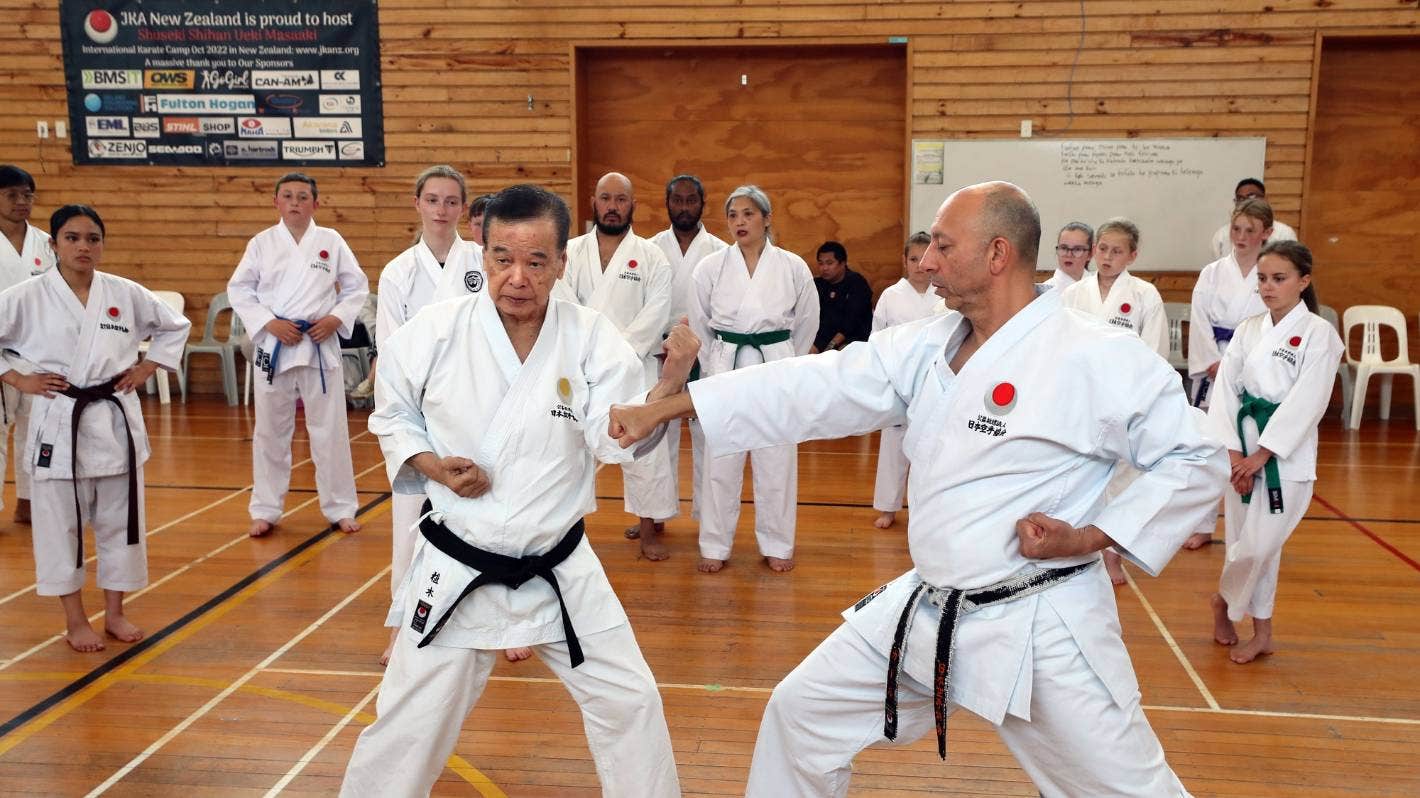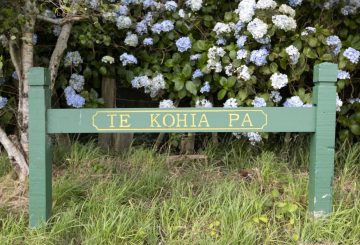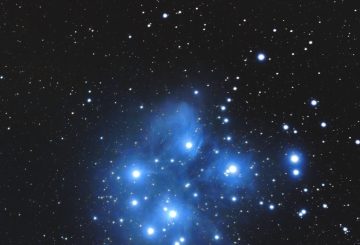Plans to build a stadium in central Tauranga have been downsized and delayed due to budget issues. The community stadium at the Tauranga Domain will now be built in two stages, with construction not starting until 2033. The budget issues are due to the Tauranga City Council needing to provide water infrastructure beyond 2026, following the government’s repeal of the Three Waters legislation.
The first stage of the stadium will include 5500 new seats, community spaces, a cafe, a hybrid turf sports field, and an improved entrance. One of the buildings will also be repurposed for the University of Waikato sports science faculty.
Originally, the proposal was for a $220m stadium with 7000 permanent seats and 8000 temporary seats, including an exhibition centre, a multi-use community facility, and a sports science space. Construction was supposed to start in 2026, but was postponed to 2033 due to budget constraints.
The stadium plan was met with opposition from the community and sports clubs. Over half of the 1189 responses to a consultation on the stadium did not want it included in the long-term plan. The Tauranga Bowls Club, Tauranga Croquet Club, and Athletics Tauranga would need to be relocated at a cost of $21m. Concerns were also raised about insufficient parking and the stadium’s inability to expand with the city’s growth.
The second stage of the stadium would increase seating to 7000 and include 8000 temporary seats, an exhibition and function space, community sports facilities, and enhanced player facilities. However, the estimated cost of $157m for this stage has not been budgeted for, as it is not included in the 2024-34 long-term plan.






























































